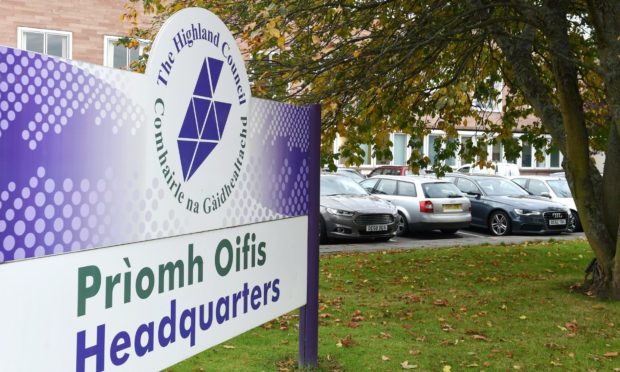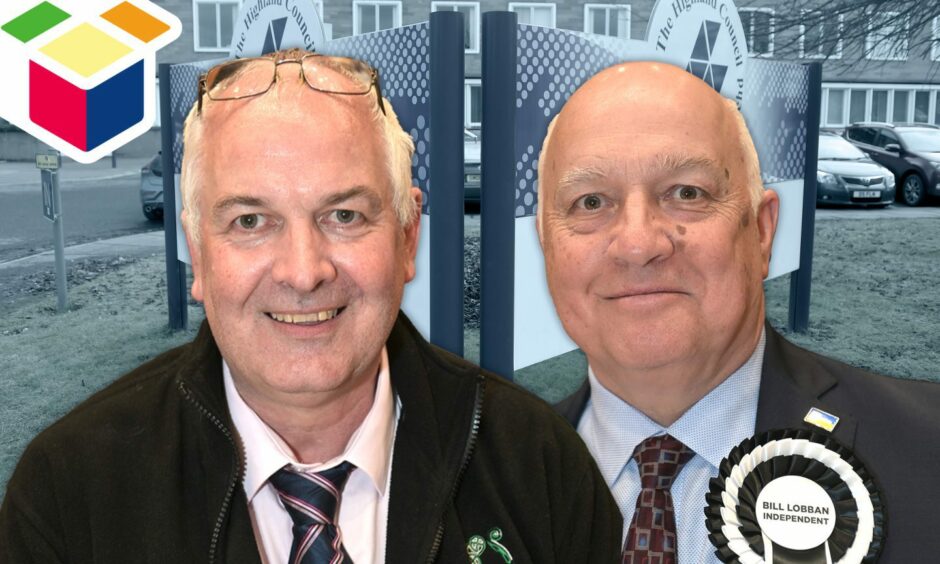Today marks the beginning of a new political term, as 74 members report to the Inverness chamber for the first meeting of Highland Council.
It’s likely to be a quick and slick meeting, allocating the most senior and powerful positions for the next five years.
Yet the smooth running belies the fervent wheeling and dealing that has taken place in the three short weeks since the election.
Coalition deal in place
It was a landmark election in that the SNP group took the highest number of seats for the first time in Highland Council history.
This didn’t guarantee them control of the council. Local government is designed to prevent any group winning an outright majority.
Instead, all the main groups held a series of negotiations to decide who could work together – and who could not.
Both the Conservatives and the Liberal Democrats sought to make an administration deal with the Independent group, which has only one fewer member than the SNP.
However, it’s probably no surprise that the SNP and Independent groups ultimately struck the golden deal.
The two have worked closely in recent years on a collaborative budget – a move that raised eyebrows since the SNP were meant to be the official opposition at the time.
What does your new council look like?
Tomorrow, the first item of business will be to agree the new membership of Highland Council. This is a formality – the results obviously already decided by us, the voters. There are 74 councillors serving 21 wards. The numbers break down as follows:
Independent – 21
Conservative – 10
Green – 4
Labour – 2
Liberal Democrats – 15
SNP – 22
Next on the agenda is agreeing the convener of the council. The convener is essentially the chairman, and he or she is expected to take a neutral political stance in matters relating to the business of the council. They still retain their right to vote, though.
Councillor Bill Lobban served as convener in the last political term and is expected to be nominated again. This time he will have a bigger job to contend with, as he’s also widely tipped for the role of deputy leader. Mr Lobban has succeeded Margaret Davidson as the leader of the Independent group.
Next up, the big job: leader of the council. Councillor Raymond Bremner is expected to take this position, since he heads up the SNP group. Mr Bremner has spoken of his desire to run a strong, stable and collaborative council. In the face of criticism from the opposition, he says Highland comes first, and national politics second.
Opposition and political rumblings
However, it’s thought that three former members of the Independent group will not join the new SNP-Independent coalition. Matthew Reiss, Mr Bremner’s Caithness colleague, has publicly stated that he can’t support an SNP deal because of the party’s anti-nuclear stance. Mr Reiss represents Thurso and north-west Caithness, home to Dounreay, one of the region’s largest employers.
Two other members are thought to have resigned from the Independent group, though they declined to make any public comment.
Finally, Highland Council will appoint the official leader of the opposition.
This is widely expected to go to the Liberal Democrats, who have 15 members to the Tories’ 10, making Alasdair Christie the leader of the opposition.
It’s a 360 degree turn from his previous role as deputy leader and budget leader.
This, and future meetings of the full council, will take place in the council chambers in Glenurquhart Street, Inverness, as service returns to normal, post-Covid.
The meeting can be viewed online on the Highland Council webcast.



Conversation